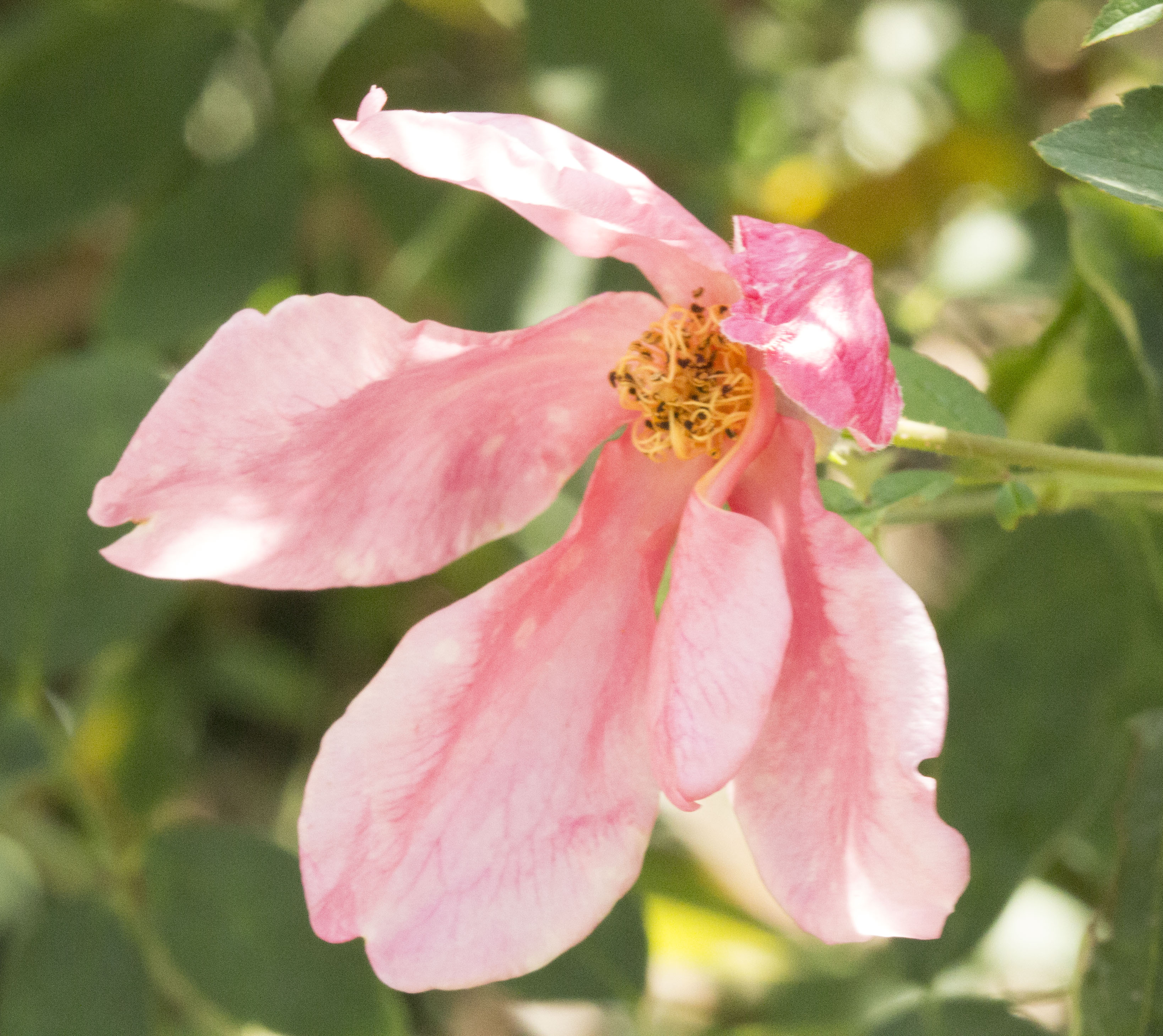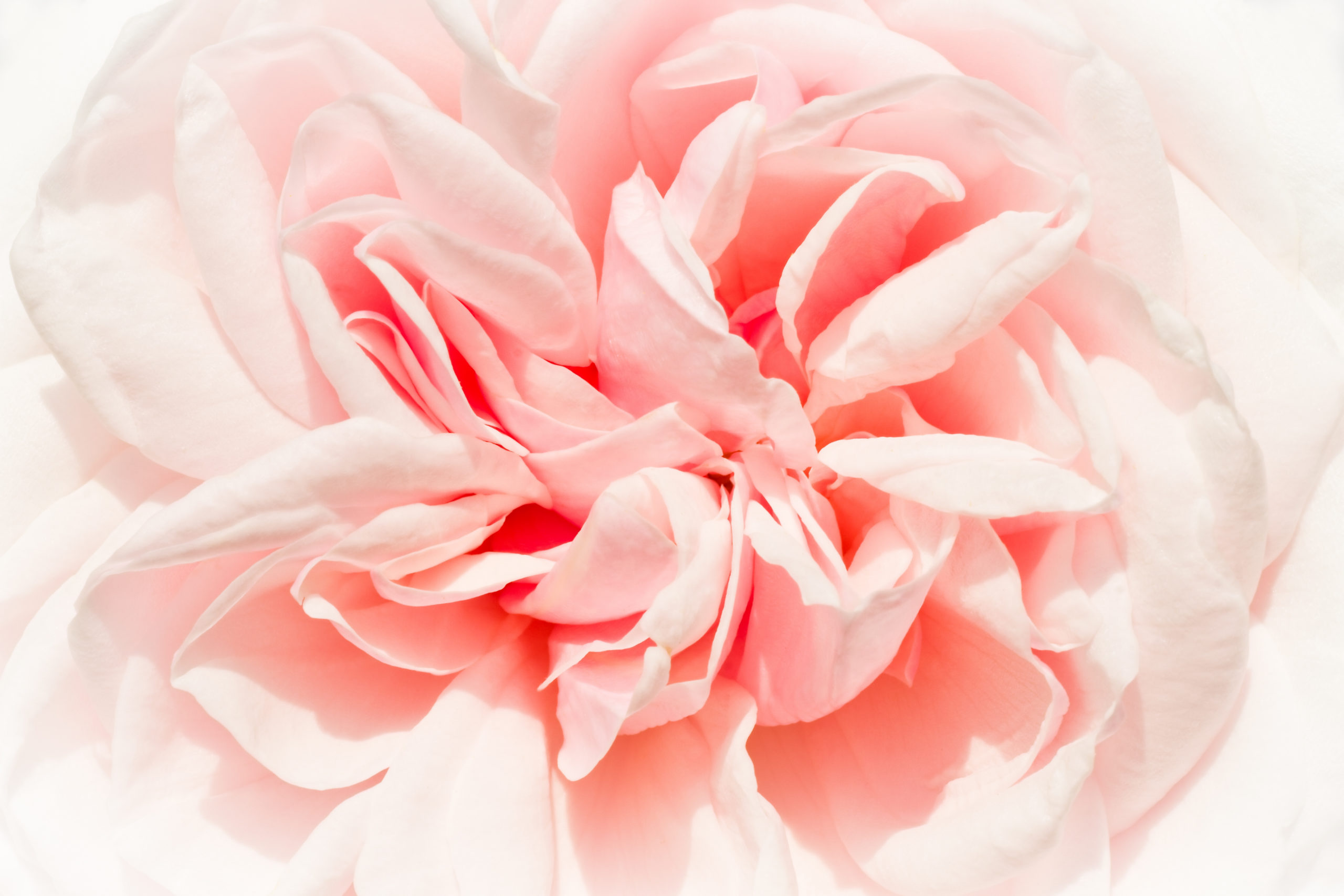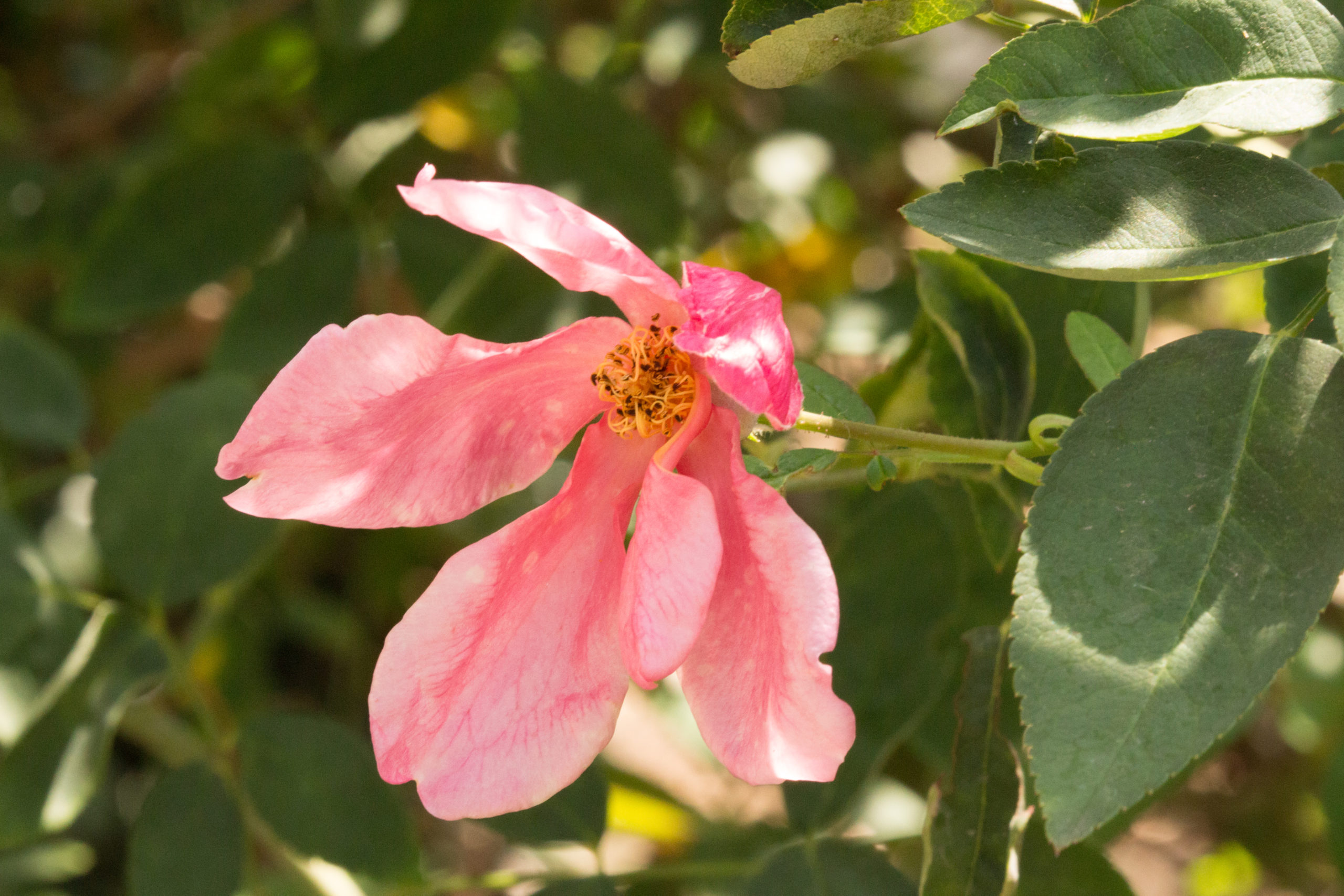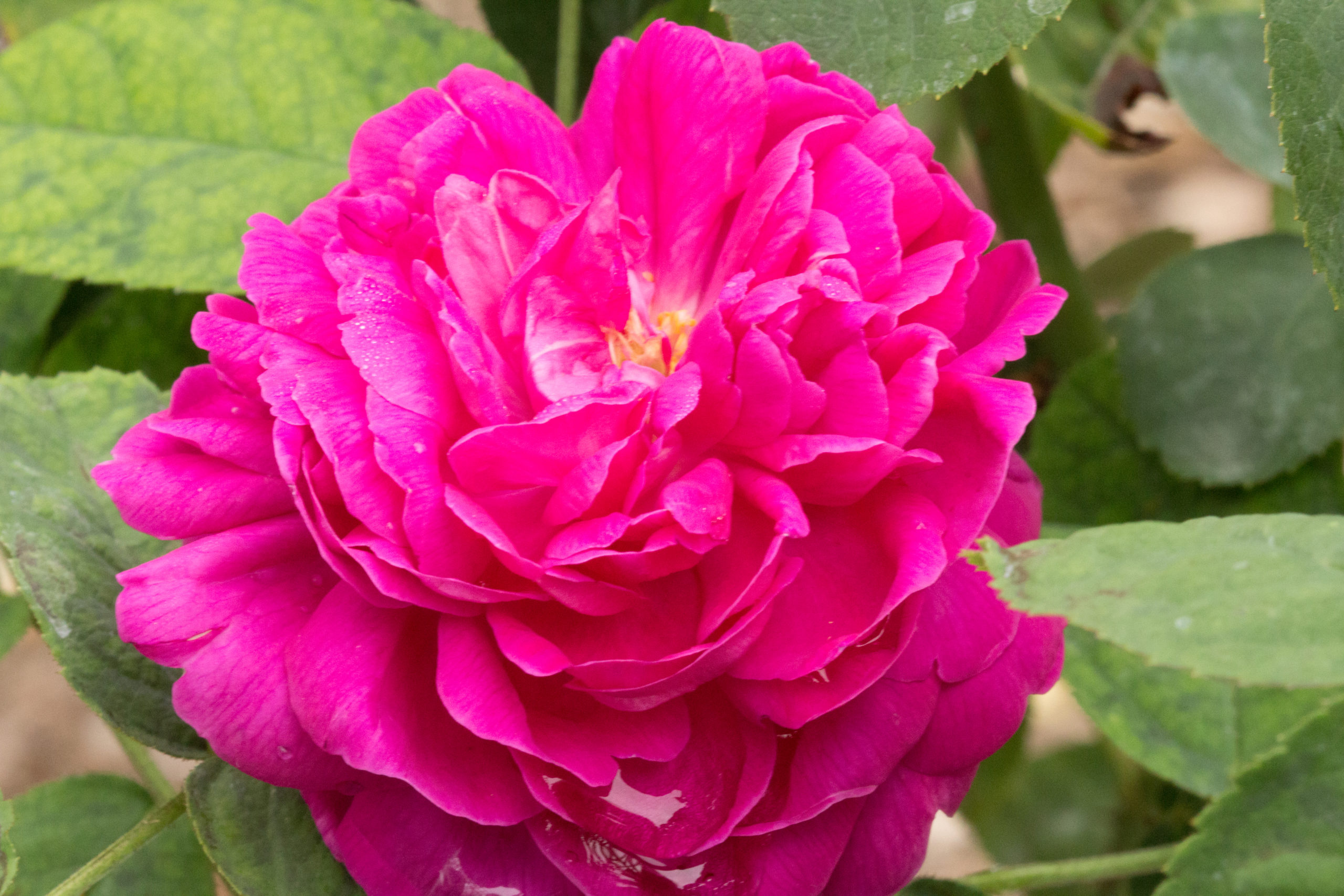GardenZeus recommendations for Old Garden Rose Varieties in California Zone 13
June 28, 2016
Author: Ann Clary
GardenZeus Southern California / Organic Gardening: Flowers and Ornamentals / Queen of the Garden: Growing Roses in California / The Mighty Garden Archive

Old garden roses, also known as “heritage roses” or “antique roses,” are a relatively unfamiliar but excellent choice for landscape plantings in your zone. By definition, old garden roses predate 1867 (the year that La France, the first Hybrid Tea rose, was introduced). They produce unequaled mass displays of beautiful and often fragrant blooms, and can be surprisingly drought-tolerant, heat-tolerant, and reliable in your zone. Although many old garden roses bloom only once per year, generally in spring or early summer, they may produce significantly more flowers in that single bloom than other roses that bloom throughout the year. Try at least one old garden rose; you may just discover a new favorite.
- Souvenir de la Malmaison: (Bourbon, 1843) is widely considered one of the most beautiful old roses, and is one of the most interesting and storied rose varieties. It is thought to have its “roots” in the garden of Chateau de Malmaison, the home of Josephine and Napoleon Bonaparte, where Josephine developed a collection of over 250 roses. Originally known as ‘Queen of Beauty and Fragrance,’ this rose received its current name when one of the Grand Dukes of Russia obtained a specimen from the gardens at Chateau de Malmaison in France for the Imperial Garden in St. Petersburg. Its very-pale-pink blooms with rose shading at center first emerge as cupped buds and open to flat quartered very-full rosette blooms. Extravagantly fragrant. Although it has a reputation for being susceptible to mildew and blackspot, with reasonable care it tends to remain mostly disease-free in your zone. This historic variety richly repays the efforts of cultivation. Repeat bloomer. Remains compact and bushy to about 3 feet by 4 feet.
- Louise Odier: (Bourbon Margottin, 1851) is one of the most popular and reliable of the repeat-blooming old roses. It performs best in your zone with partial shade. Louise Odier is vigorous with bushy growth, thick prickly stems, and average disease resistance. In your zone it can be trained as a short climber. The lovely warm-rose-pink blossoms make excellent cut flowers. They are beautifully formed, cupped at first, opening flatter-and-neatly-rounded into fully-double 3-to-4-inch camellia-shaped flowers. Louise Odier repeats frequently and abundantly throughout the summer. The fragrance is an exquisitely rich true rose perfume.
- Mutabilis (Rosa chinensis ‘Mutabilis’, pre-1894) is originally from China. It is called “the Butterfly Rose” because of its unusual flowers which change color and darken with age; the single petals open yellow, then change to orange, to rich dark pink, and finally to crimson. The rosebush may be covered in all these colors at one time, appearing as if a group of multi-colored butterflies has settled on the bush. Plant growth is open and well branched, easily reaching 6 feet by 6 feet. Mutabilis can also be pruned to form a spectacular rose tree up to 10 feet in height, or it can be trained as an espalier. New growth is bronze. Although Mutabilis is heat tolerant, it performs best in your zone in a sheltered location with morning sun. Mutabilis is susceptible to mildew and black spot; remove diseased foliage before it infects either robust new growth or adjacent roses. It has little fragrance but can bloom every month of the year in your zone.
- Rose de Rescht (Portland Rose & a Damask Perpetual, France circa 1840 to 1880, “rediscovered” in 1945) produces dense, rough, deep-green, disease-resistant foliage. It tolerates poor soil, infrequent watering, and partial shade. The small, neat double, pom-pom flowers are purple-crimson. This variety blooms repeatedly from spring through fall and finishes the year with a display of showy hips. Heavenly rich-damask fragrance. A compact, bushy shrub of 3 to 4 feet by 3 to 4 feet.
- Salet (moss rose, introduced 1854) is the finest of the repeat-blooming moss roses. This compact, vigorous shrub has bright-green leaves and stems with few thorns. The plants are hardy and will tolerate poor soil. This variety performs best when amended with compost and mulch in your zone, particularly during hot weather. Fully-double, bright-clear-pink 4-inch blooms deepen in color during cooler weather. Great for bouquets. Very fragrant. To 3 feet.


